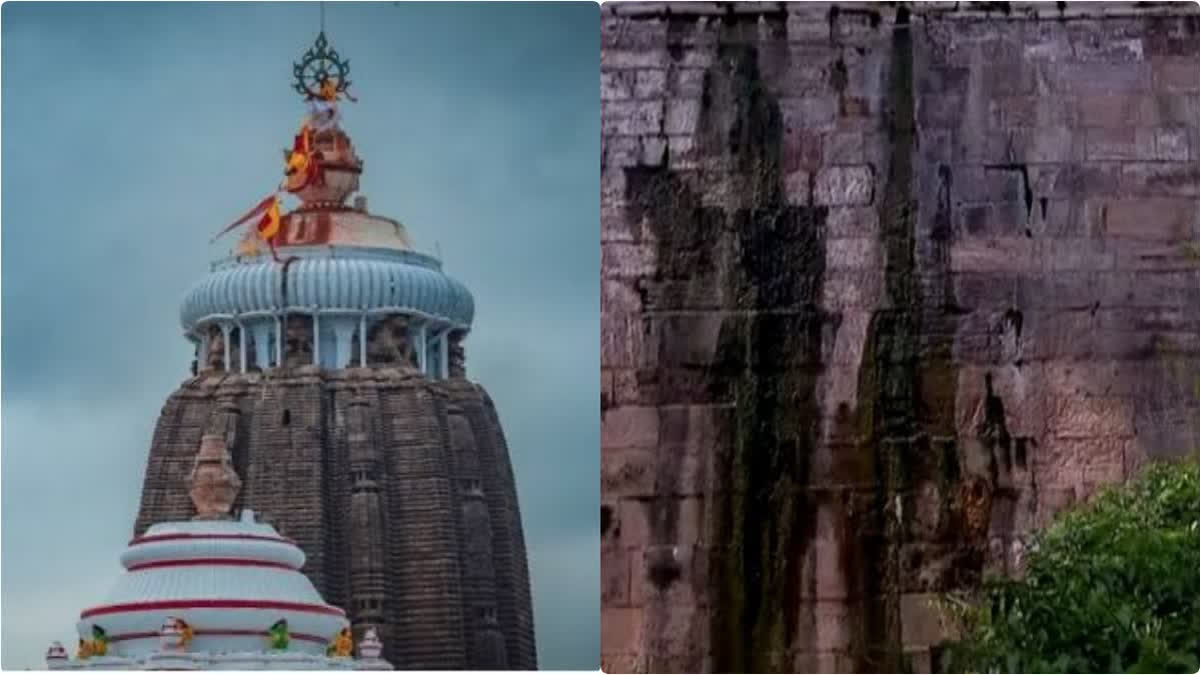Puri: Structural damage to the Meghanad Wall of Puri’s Jagannath Temple has drawn strong criticism from devotees, intellectuals, and temple staff, who expressed concern over the wall’s deteriorating condition. The wall, which encircles the temple and is steeped in historical significance, now faces the risk of collapse due to water leakage, moss growth, and cracks—particularly close to the temple’s Lion Gate.
In response, Chief Administrator of Shree Jagannath Temple Administration (SJTA) Arabinda Kumar Padhee, has written to the Archaeological Survey of India (ASI), requesting immediate repairs and a scientific survey of the structure to ensure its long-term preservation. In his letter, Padhee emphasized the need for not just patchwork but a sustainable solution that would safeguard the wall from future wear and tear. Additionally, he requested a thorough scientific analysis to assess the wall’s condition and identify long-term solutions.
The Meghanad Wall, which serves as a protective enclosure around the revered temple, has shown signs of distress, with visible cracks and water infiltration reported in several sections. Reports indicate that water from Anand Bazaar’s handwashing area is not being directed into proper drainage, instead seeping through cracks in the Meghanad Wall itself. Over time, this misdirected water has caused portions of the wall to weaken, with moss accumulating on its surface. Despite daily visits by temple officials and ASI officers, no effective action has been taken.
Observers attribute delays in addressing the issue to a lack of coordination between ASI and the temple’s administrative body, sparking anxiety among devotees and stakeholders concerned about the wall’s stability and the temple’s structural integrity.
Jagannath Devotees and Experts Question ASI’s Silence
Several prominent figures have questioned the alleged inaction of the Archaeological Survey of India (ASI), which, under the Ancient Monuments and Archaeological Sites and Remains (AMASR) Act, is responsible for the preservation of heritage sites. Senior lawyer Sarat Rayguru highlighted this issue, stating, “The temple is a heritage monument protected by the AMASR Act. ASI must take immediate steps to repair the Meghanad Wall. Their silence is unacceptable when visible damage and water seepage threaten the wall’s stability.”
Temple servitor Kirti Prakash Das Mohapatra also voiced dismay, noting that, despite ASI’s longstanding involvement in the temple’s upkeep, issues like water leakage remain unaddressed. “This is a sad situation. For years, ASI has been active within the temple premises, yet the Meghanad Wall continues to suffer from water damage.”
ASI Responds to Criticism
